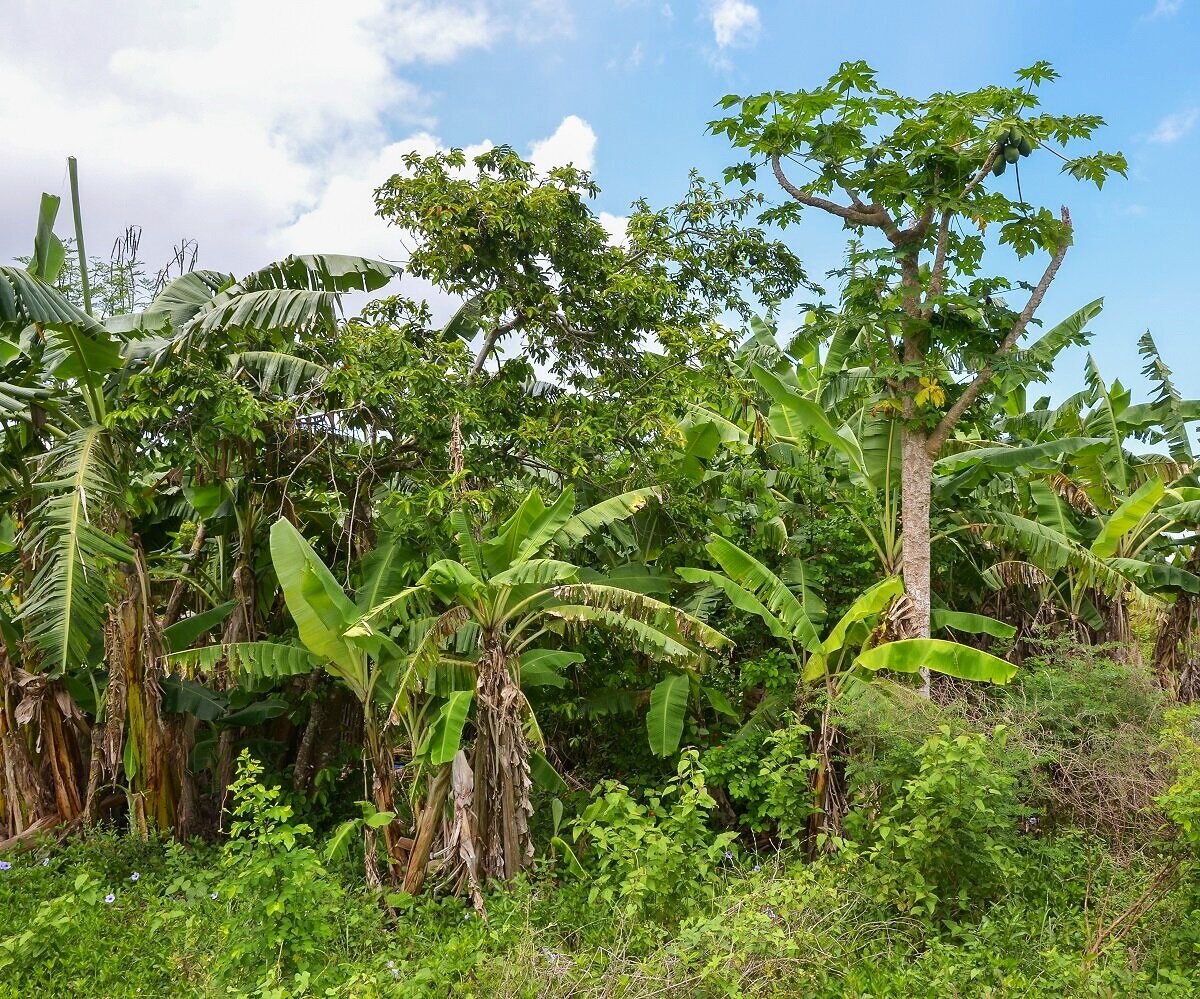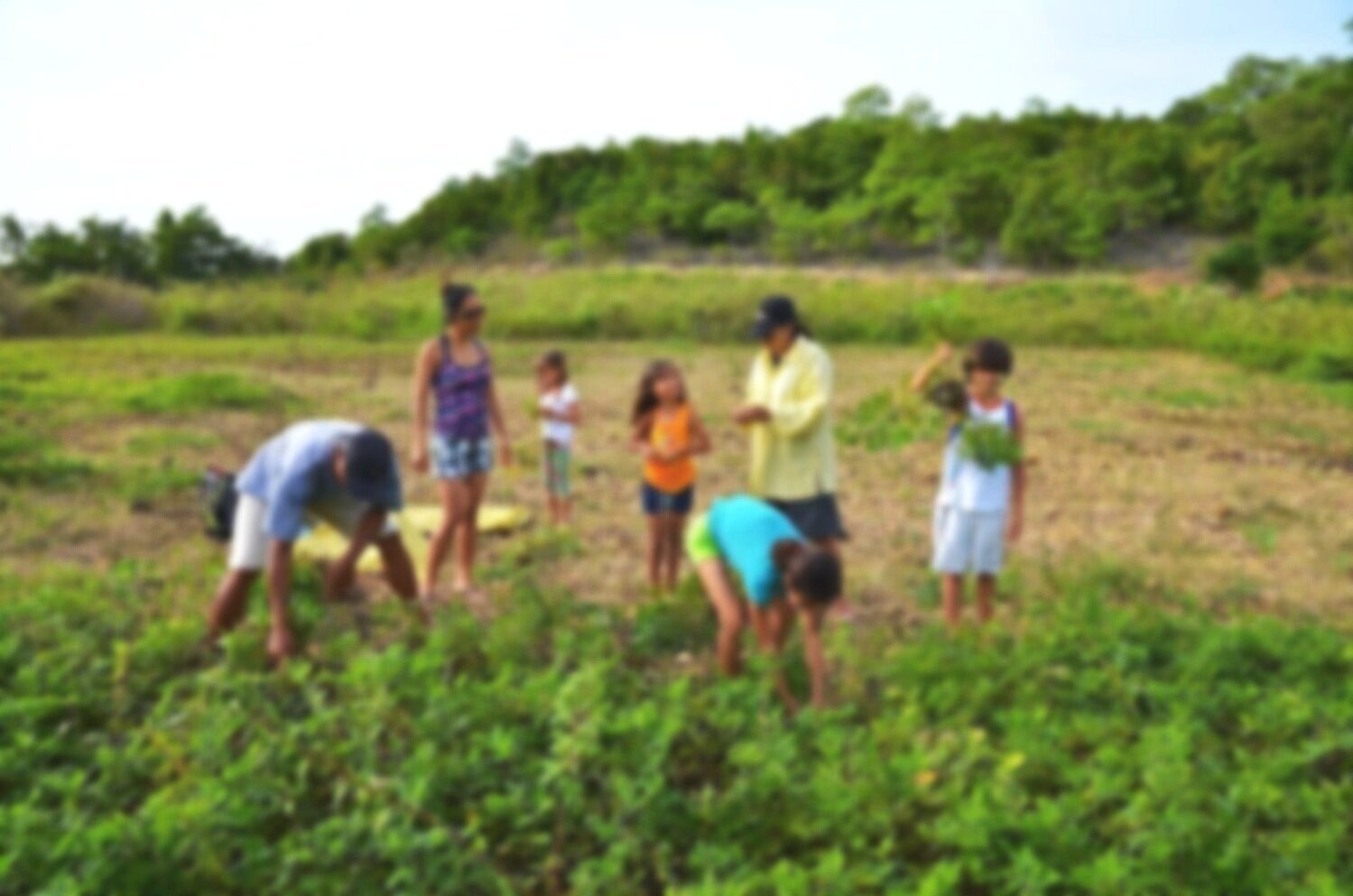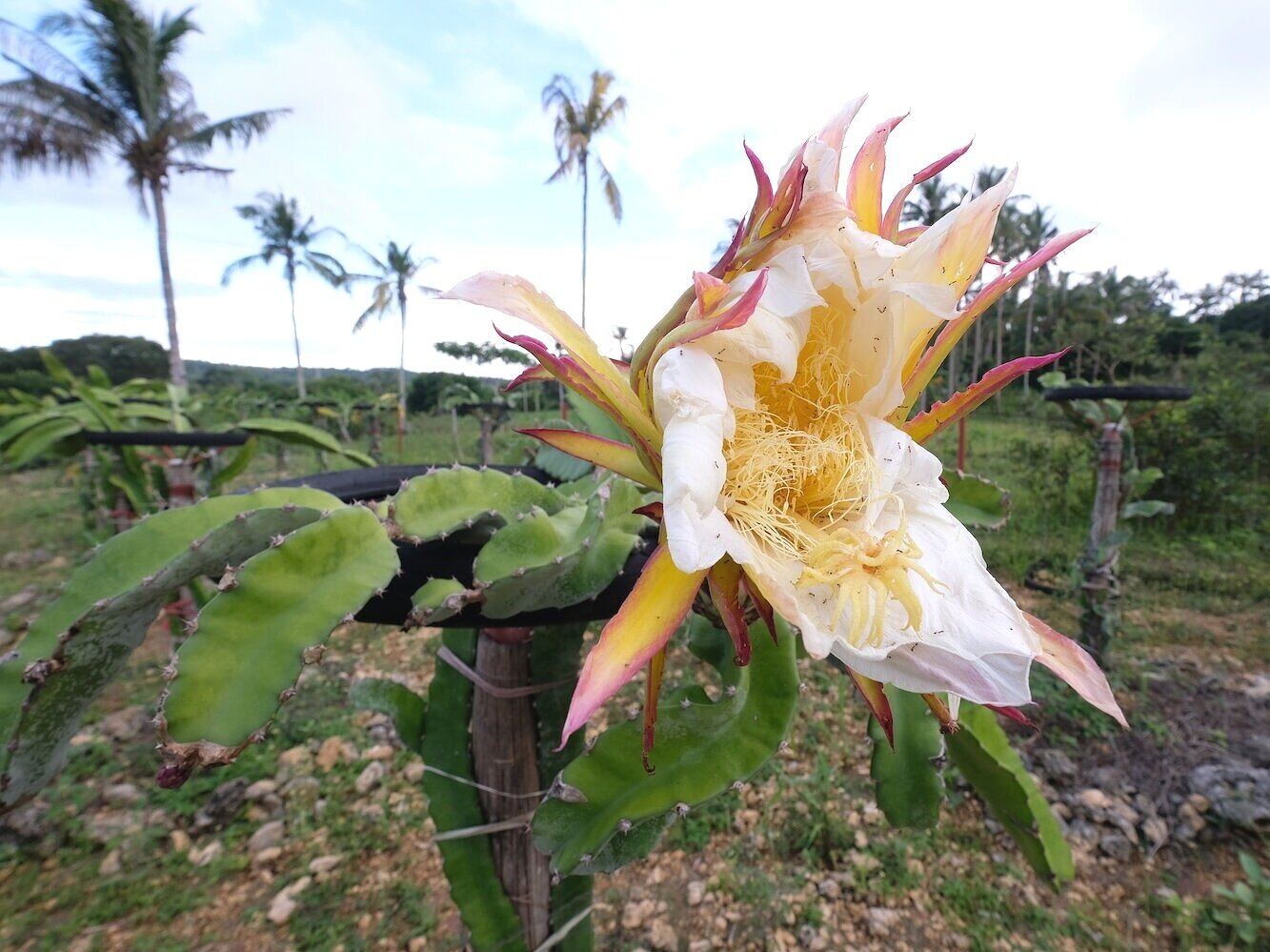
Regenerative
farming
We work to restore biodiversity and soil health while producing agricultural products.
Native and exotic species
Mango, the national fruit of the Philippines, came from India, papaya, guava, cacao dragon fruit (photo above) and many other fruits from Latin America, the flame tree from Madagascar, the golden shower tree from India, and mahogany from Latin America.
So many of the plants that we consider “native” were actually introduced from elsewhere by humans, notably during the colonial period.
We grow dragon fruit and many other “exotics” on our farms. It is virtually impossible to avoid exotic species nowadays. They are on our lands, in our markets, kitchens and stomachs.
In the Philippines exotic plants are often promoted by national agencies, before native species. Exotics take time to fit into an ecosystem and the good and ill effects may not show until much later. Native species that fit the ecosystem well are easily undervalued.
Banana, calamansi (lime), tambis (roseapple), lanzones, kolo (breadfruit), duhat/lomboy (Java plum), balimbig/carambola (star fruit), mabolo (velvet apple), and coconut are all examples of common fruits that are considered native to the Philippines. There are many more.
The Philippines is a biodiversity hotspot with 3,600 identified native tree species, of which around two thirds are endemic, meaning they are found nowhere else in the world.
See also: https://horticafilipina.wordpress.com/


